Join DiRAC’s research team, Meredith Rawls and Jim Davenport, as Astronomy on Tap returns to its original location in the newly opened Bickersons Brewhouse in Ballard on May 25th at 8pm.
Read More »Astronomy on Tap is Back
May 18, 2022 | DiRAC NEWS
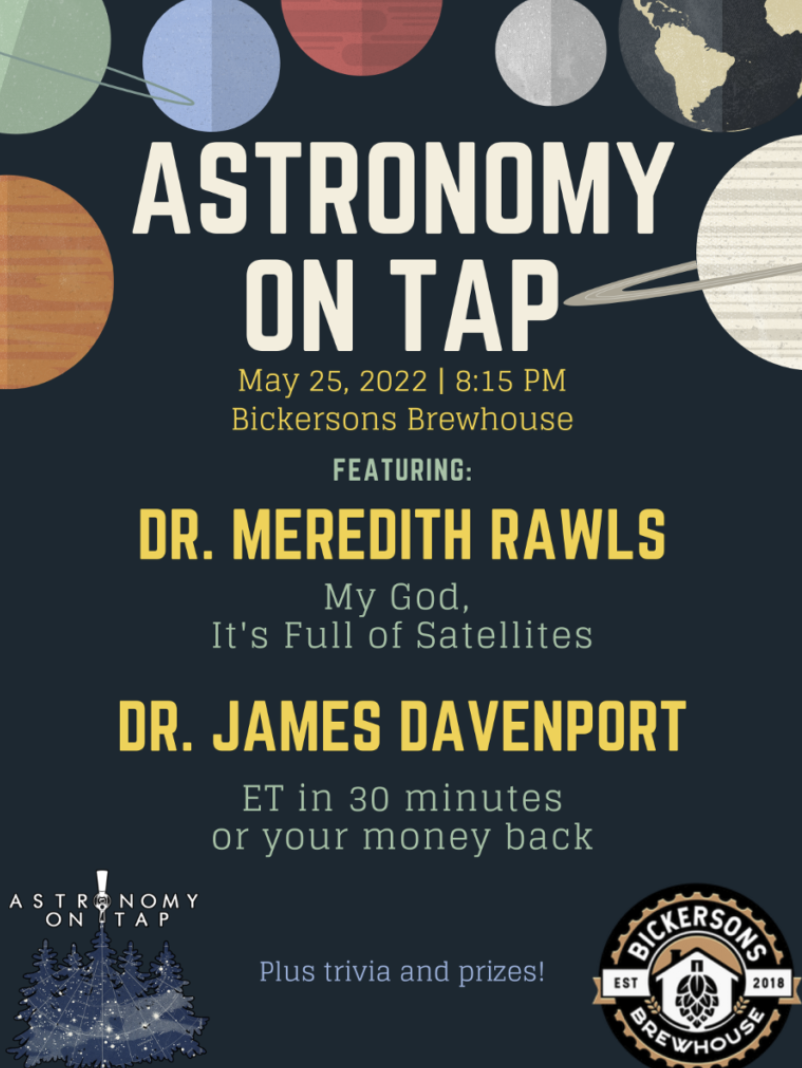
May 18, 2022 | DiRAC NEWS
Join DiRAC’s research team, Meredith Rawls and Jim Davenport, as Astronomy on Tap returns to its original location in the newly opened Bickersons Brewhouse in Ballard on May 25th at 8pm.
Read More »
May 13, 2022 |
Paper published by Guadalupe Tovar Mendoza and DiRAC’s Associate Director James R. A. Davenport. Stellar variability is a limiting factor for planet detection and characterization, particularly around active M-type stars. Here we revisit one of the most active stars from the Kepler mission. Access the Publication at ADS here.
Read More »May 4, 2022 | UW News
In partnership with the news team at the Massachusetts Institute of Technology, the UW News office has posted a story about a rare and mysterious star system discovered by a team of astronomers and reported in a paper published this morning in Nature. The researchers report that the system appears to be a “black widow binary” […]
Read More »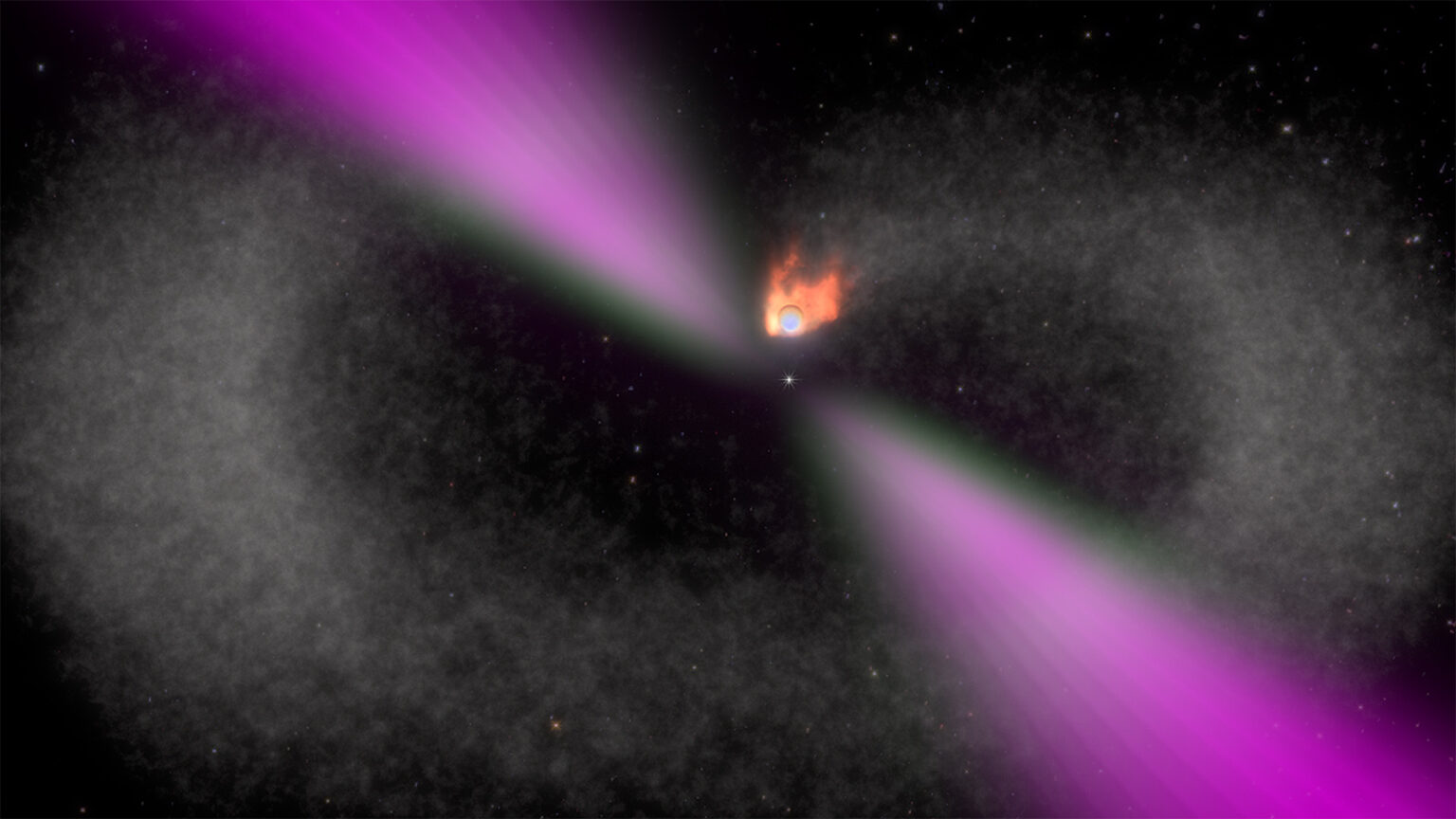
May 3, 2022 | DiRAC NEWS
Astronomy, satellites, and the future of our sky Join us Thursday, May 5th at Noon PDT on Zoom We are witnessing a new era as skies fill with thousands of low-Earth-orbit satellites that reflect sunlight. Observational astronomy at all wavelengths is increasingly affected, and so is the shared human experience of the night sky. For optical ground-based astronomy, the […]
Read More »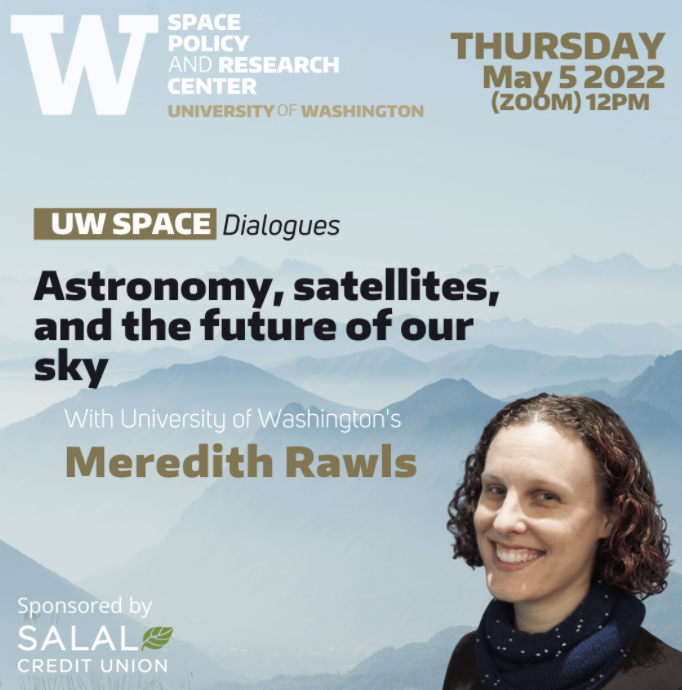
April 29, 2022 | UW News
Scientists once thought that post-starburst galaxies scattered all of their gas and dust — the fuel required for creating new stars — in violent bursts of energy, and with extraordinary speed. Now, a team led by University of Washington postdoctoral researcher Adam Smercina reports that these galaxies don’t scatter all of their star-forming fuel after all.
Read More »April 28, 2022 | DiRAC NEWS
After a 2 year hiatus, we’re back, and will be resuming our monthly events through fall. Next event is on May 11th at 8pm. Seattle Science Slam is a free event featuring three engaging and accessible presentations from scientists. The audience’s applause decides who wins. This month we have an astrophysics talk on the fate […]
Read More »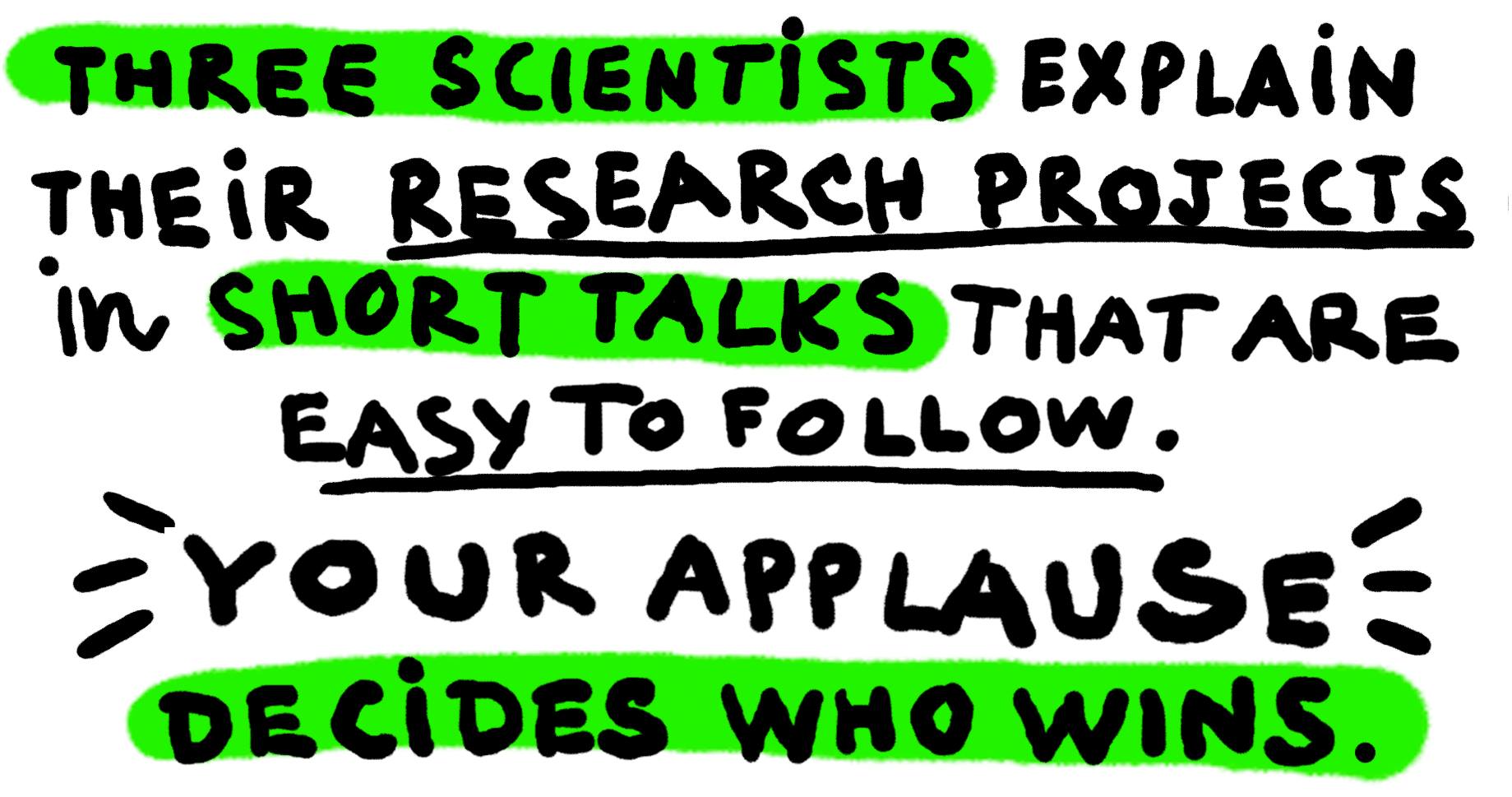
April 27, 2022 |
Astronomy on Tap returns to Bad Jimmy’s tonight at 8pm! Come out and support Astronomy department members Azalee Bostroem and Megan Gialluca as they tell us about supernovas and aliens! The event is outdoors and the patio is covered and heated, but if you can’t make it in person you can also participate from the comfort of […]
Read More »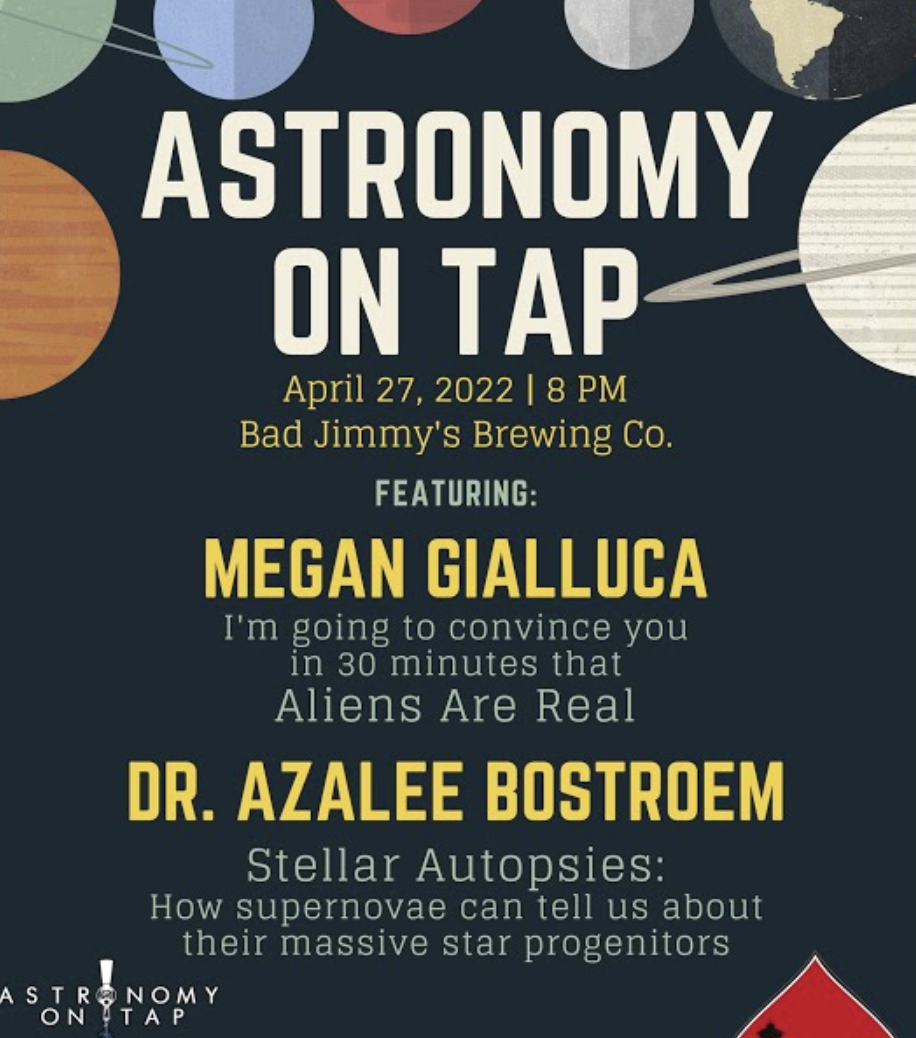
April 26, 2022 | DiRAC NEWS
We are pleased to officially announce our new Summer Research Prize for UW undergrads! This program will award $3500 to UW undergrads working on summer projects w/ researchers in the DiRAC Institute (note: we especially welcome projects w/ collaborative mentors across the department!). Thanks to the generous support from the community during Husky Giving Day, we […]
Read More »
April 22, 2022 | UW NEWS
Space urgently needs special legal protection similar to that given to land, sea and atmosphere to protect its fragile environment, argues a team of scientists. The scientific, economic and cultural benefits of space should be considered against the damaging environmental impacts posed by an influx of space debris — roughly 60 miles above Earth’s surface […]
Read More »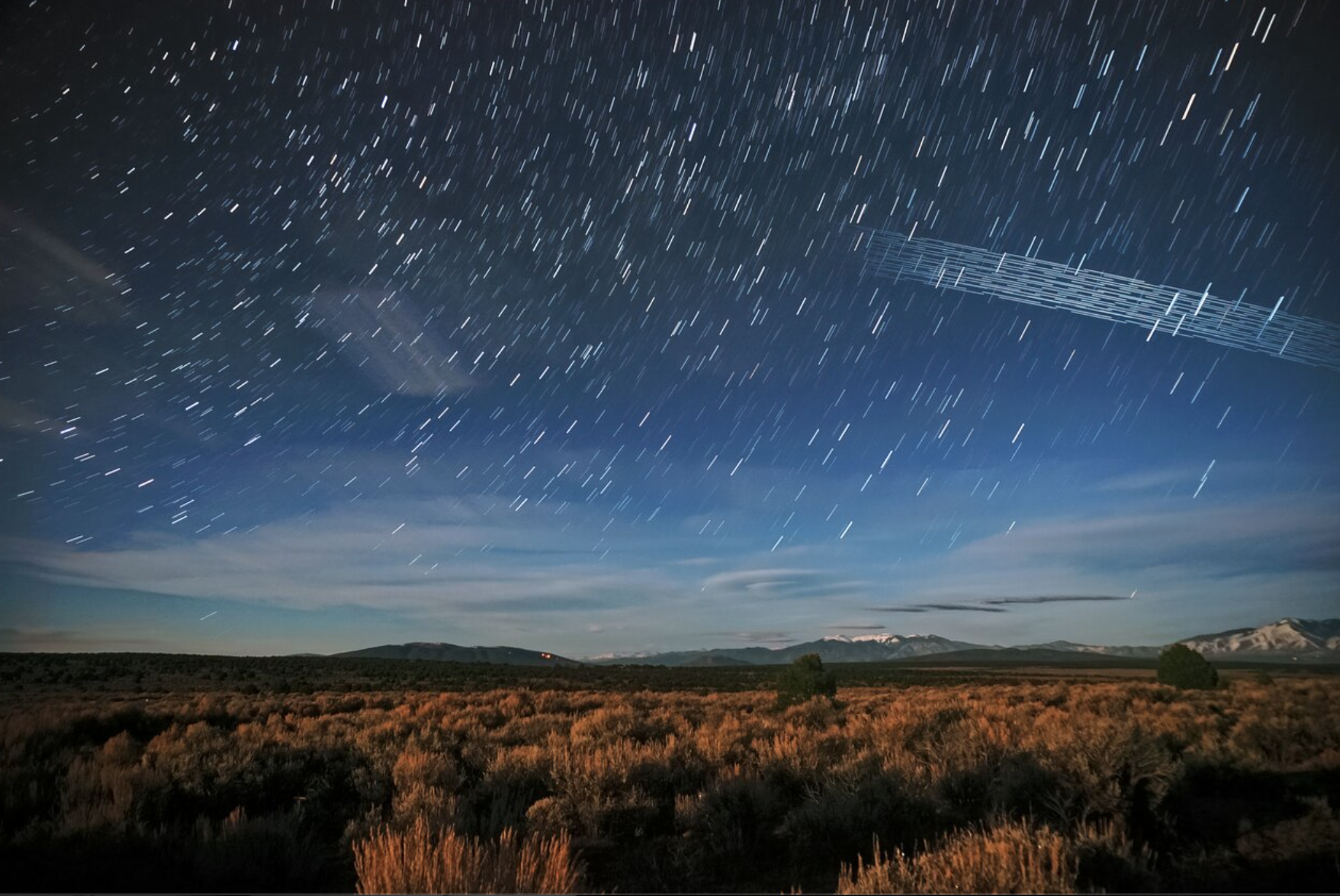
March 17, 2022 | DiRAC NEWS
Washington state’s NASA Space Grant program at the UW invites you, as a faculty member conducting research in a STEM area, to participate our 2022 Summer Undergraduate Research Program (SURP). The application period for students closes on Friday, April 8, 2022. SURP is an excellent way to extend your summer funding through WA Space Grant’s contribution […]
Read More »